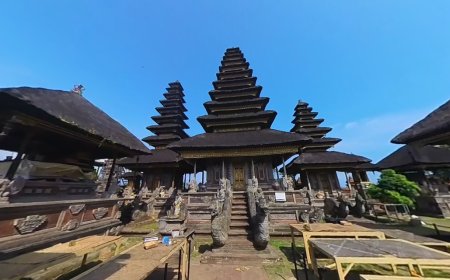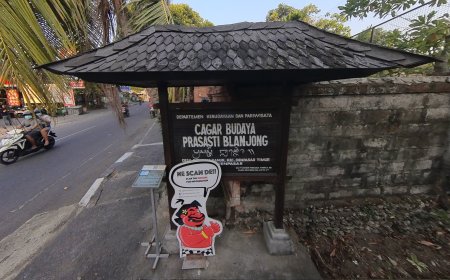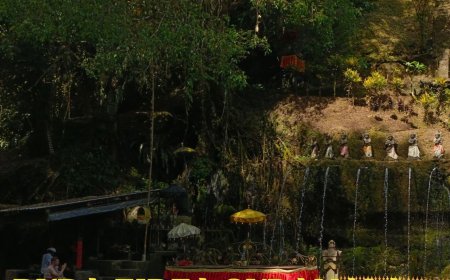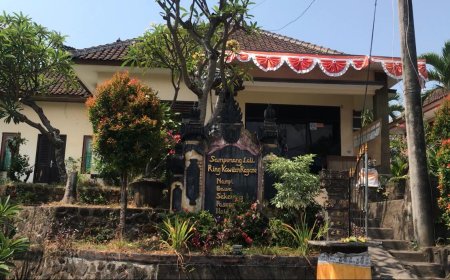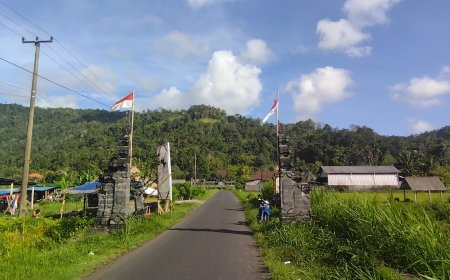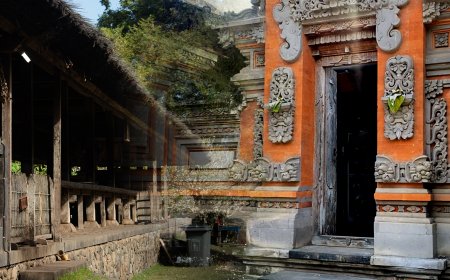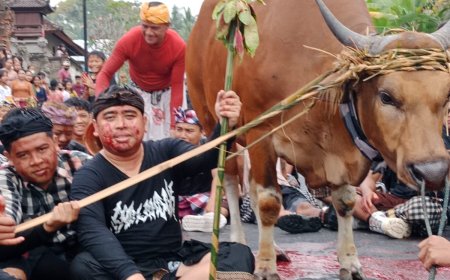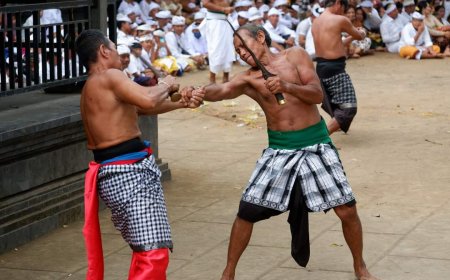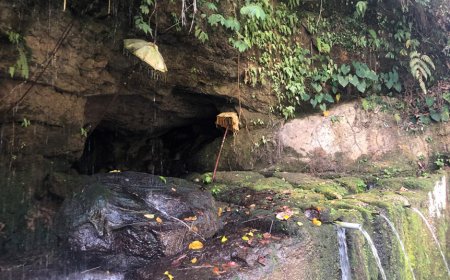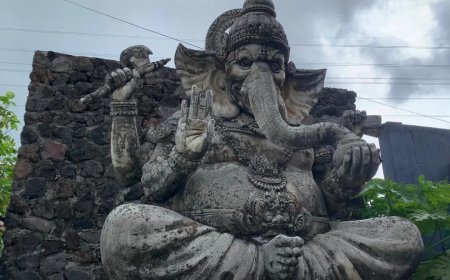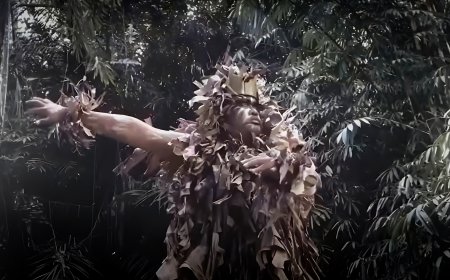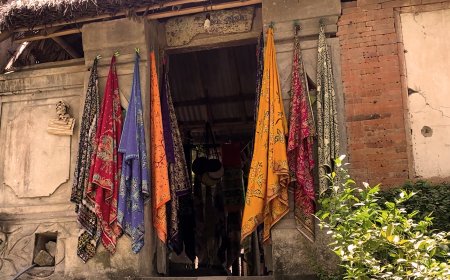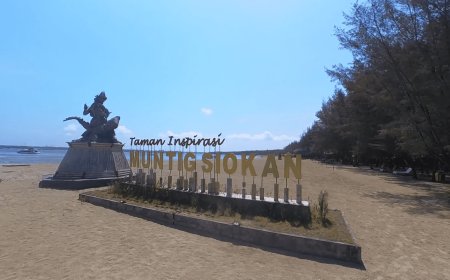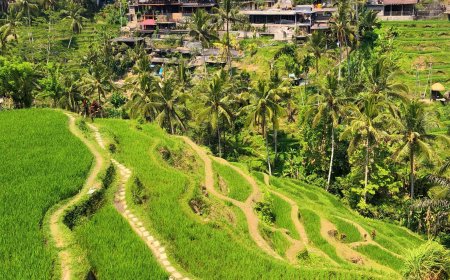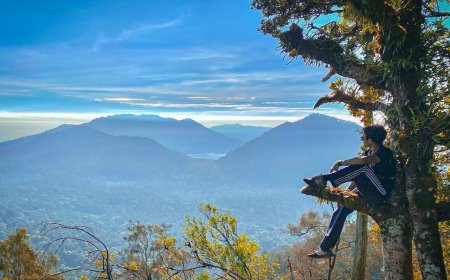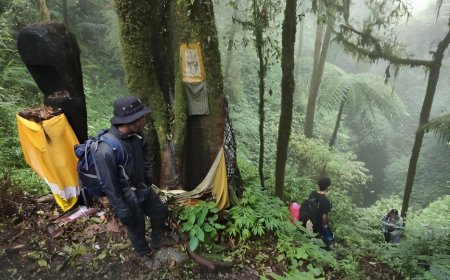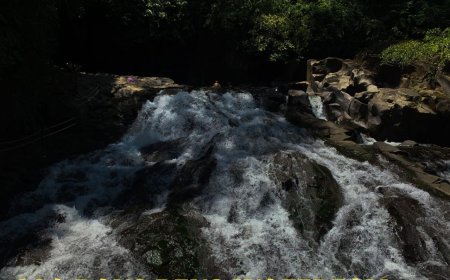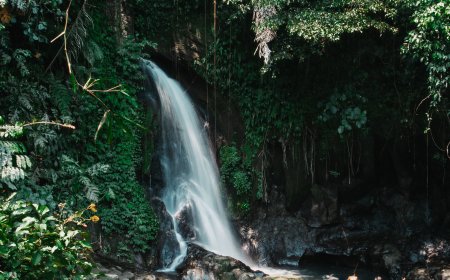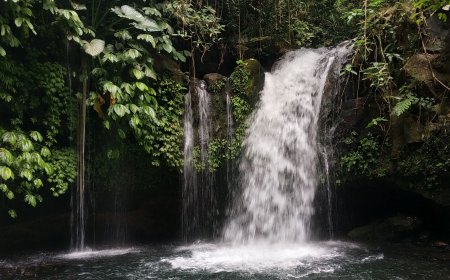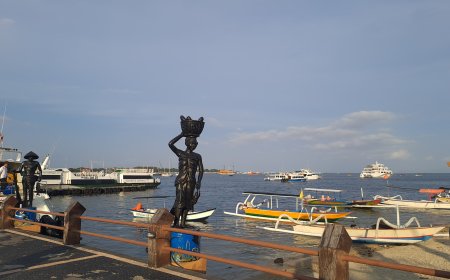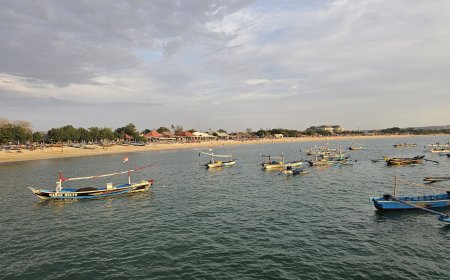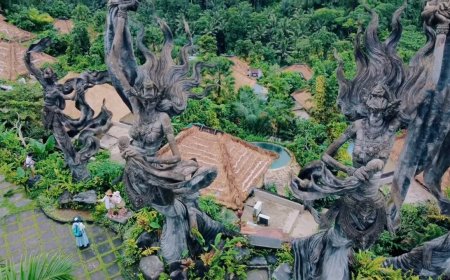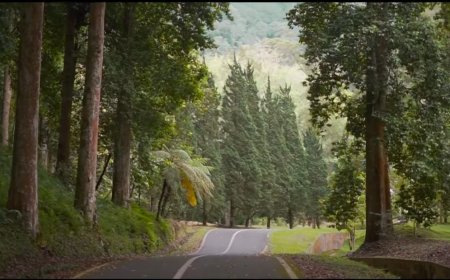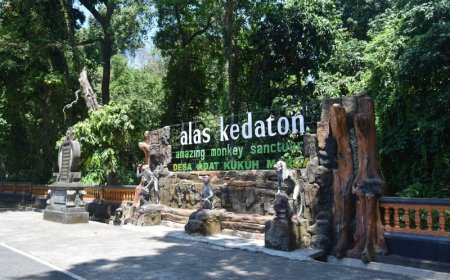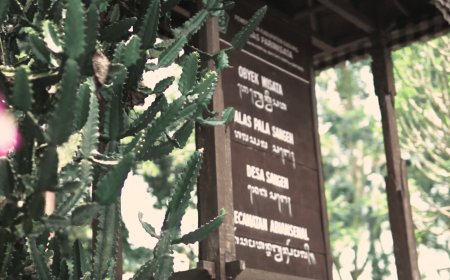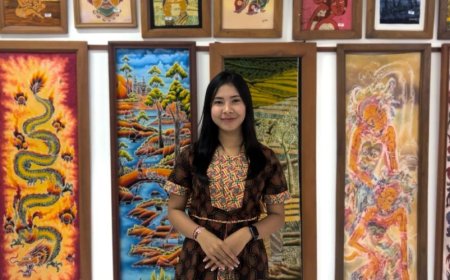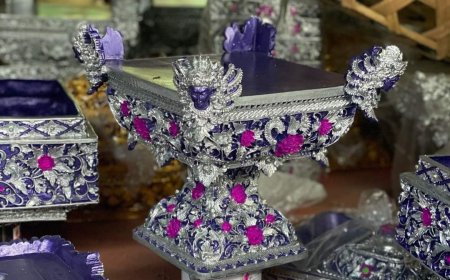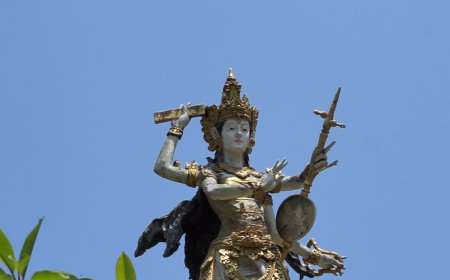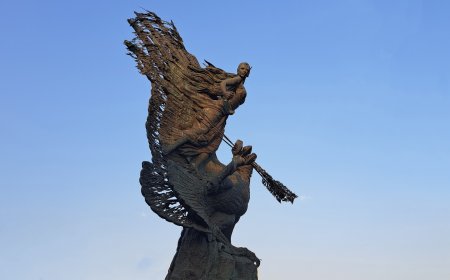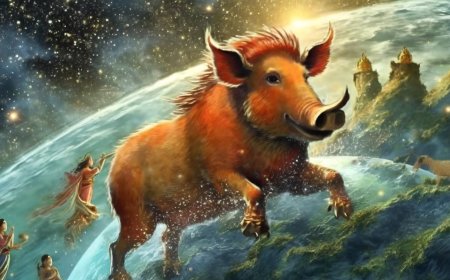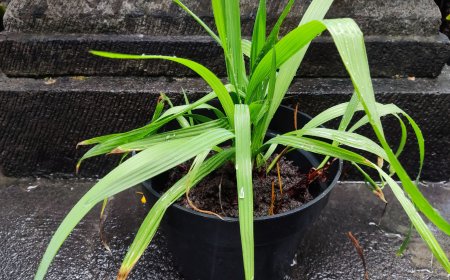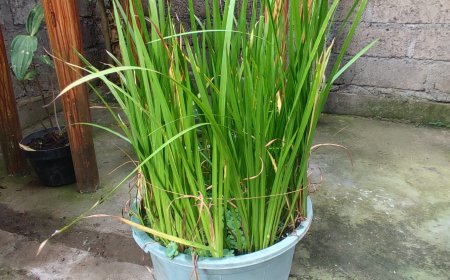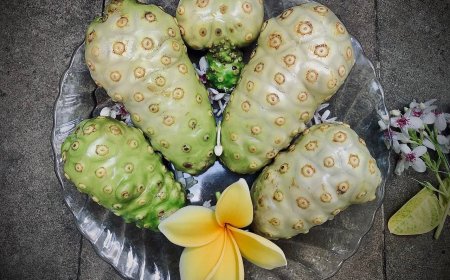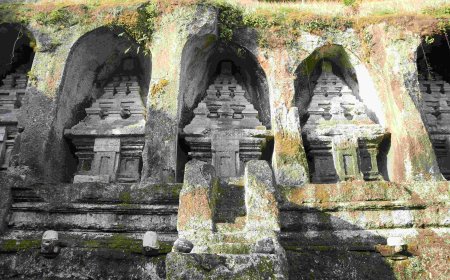Yeh Pulu Temple: Traces of Ancient Balinese Civilization in Kebo Iwa's Sculptural Reliefs
As the Island of the Gods, Bali has a number of temples that serve as places of worship for Hindus. In Balinese culture, the establishment of a temple is usually inseparable from certain discoveries or historical events that have occurred before. Such as Yeh Pulu Temple with the discovery of a holy spring flowing from a barrel and reliefs depicting the civilization of the ancient Balinese people during the reign of King Bedahulu. These discoveries reveal the life of the people at that time and how Hindu culture grew and developed in society until today.
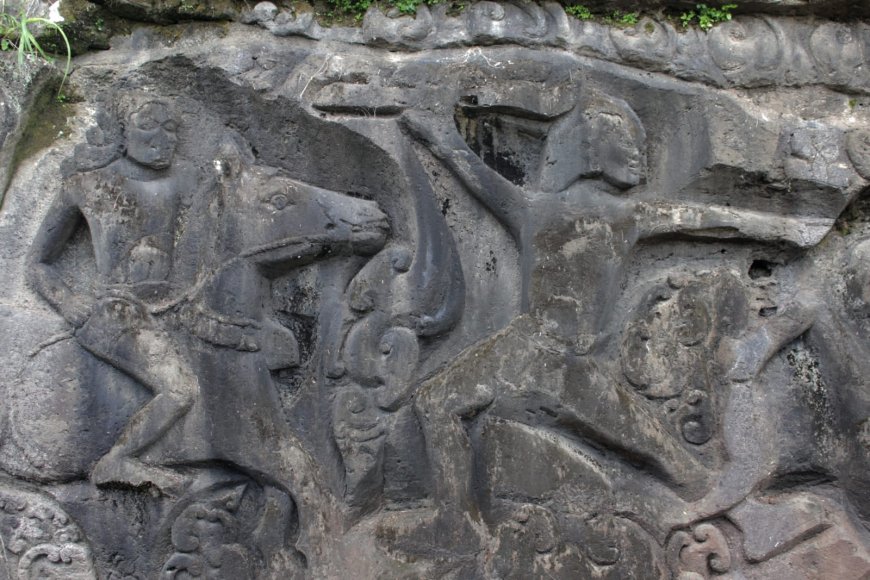
Yeh Pulu Temple is located in Bedulu Village, Blahbatuh District, Gianyar Regency which is next to the Petanu River. The existence of this temple is still not widely known because of its location in the rice field area in the inland of Bedulu Village. To get to this temple, you need to pass through a small path first with a distance of approximately 100 meters. Even so, the journey will not be boring because there are beautiful natural scenery with a cool atmosphere along the way.
Yeh Pulu Temple was first discovered in 1925 by a guard from Puri Ubud. At the time of its discovery, the condition of the temple was very bad because it was damaged by rice field water from the top. Because it was discovered during the Dutch colonial rule, the temple was then researched and promoted as one of the ancient cultural heritage in 1929.
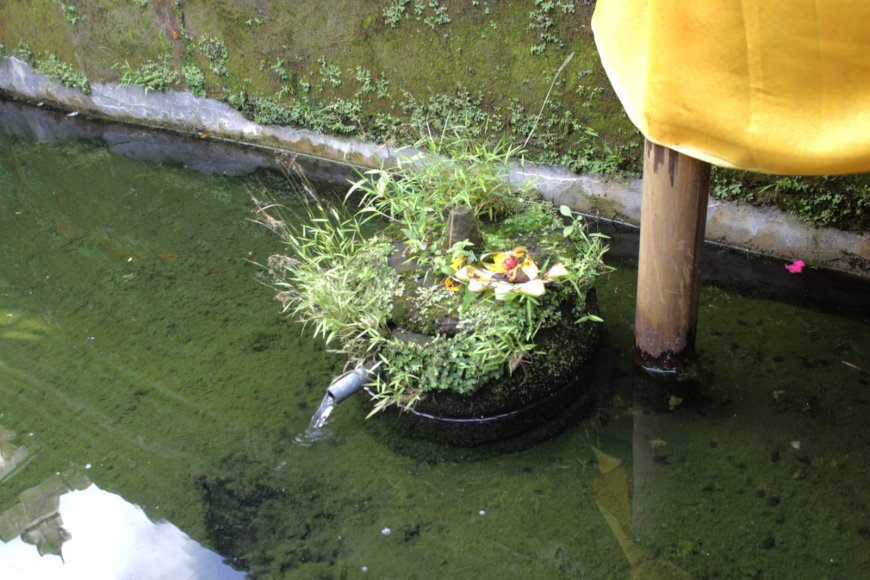
Holy Spring (Source: Personal Collection)
The name of the Yeh Pulu Temple itself comes from two words, "Yeh" which means water and "Pulu" which means barrel. Based on the meaning of those two words, it is clear that Yeh Pulu Temple has a very close relation with water, but the meaning of Yeh Pulu is not just limited to a water barrel or a water reservoir, but a barrel that are located in the holy spring. The naming of this temple was made based on the finding of a holy spring that came out of the barrel. Until now, the spring still releases water which is usually used by the local community for religious ceremonies and is also believed to be able to provide prosperity for traders. To maintain the sacredness of the holy spring, the local community made a rule not to put their feet into the pool and of course the entire temple area is also prayed regularly.

Relief at Yeh Pulu Temple (Source: Personal Collection)
In addition to the holy spring, the temple also has reliefs carved into the wall of a solid rock cliff that show traces of ancient Balinese civilization. According to historians, the relief is estimated to have been carved around the 14th or 15th century AD, stretching from north to south with a length of 26.5 meters and a height of 3 meters. The creation of this relief is said to be a form of respect for King Bedahulu who died during the war against the Majapahit Kingdom in 1343 AD. In addition, there is a story believed by the local community that the relief was made by Kebo Iwa using his fingernails. However, until now there has been no further research that discusses who made the relief, so the story believed by the community still cannot be proven.

The Relief of a Man Opening a Door (Source: Personal Collection)
As mentioned earlier, the reliefs in Yeh Pulu Temple depict the life of the community as well as religious activities in Hindu culture during the ancient Bali period, precisely during the Bedahulu Kingdom. According to Stutterheim, the shape of the building depicted in the reliefs has similarities with the reliefs found at Penataran Temple in East Java. According to Kempers, a historian, the reliefs in Yeh Pulu Temple are read in order from north to south. Here is the sequence of the reliefs from north to south.
- Relief in the form of a man standing with his right hand raised up and his left palm placed on his hip.
- Relief of a man carrying two pots or jars that may contain Balinese wine using a pole or long wood. The man is walking with a woman towards a house with an open door.
- Relief of a man carrying a hoe standing in front of a woman sitting on a stone.
- The relief right in the middle is depicted with a furrowed forehead that looks like it is angry. The local people often call it a relief of Shiva, but actually it is not known for sure yet who the figure depicted in the relief is.
- Relief in the form of a man riding a horse and in front of him are two men who are attacked by a tiger. The tiger bites the right hand of one of them who tries to ward off the tiger with his foot.
- Relief of two men walking with their hunted animals. In front of them is a woman holding the tail of a horse ridden by a man.
- The last relief at the southern end is a relief of Ganesha who is depicted sitting in a niche.
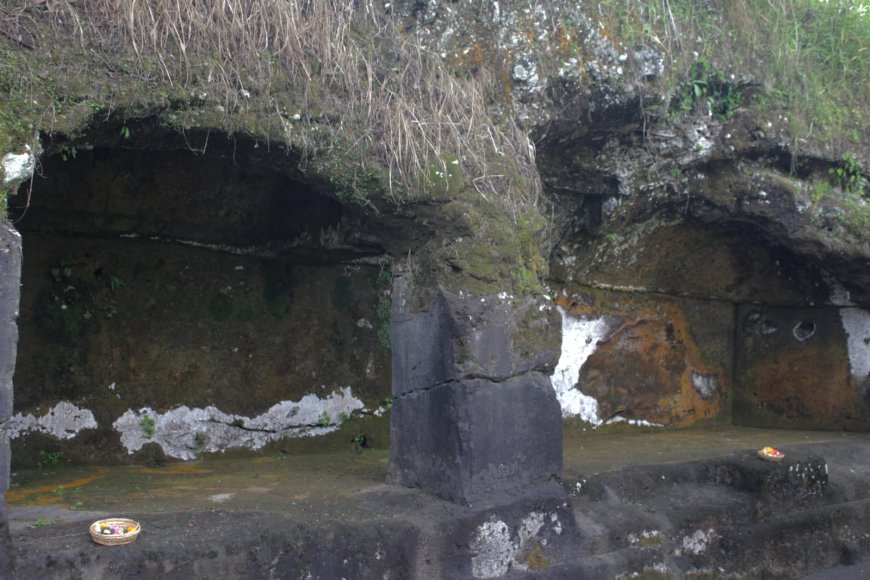
Two Niches on the Padas Stone Cliff Wall (Source: Personal Collection)
Right to the south of the Ganesha relief, there are 2 niches that are believed to be the places used by King Bedahulu to meditate before he died. Not only on the relief in the north, there are also beautiful carvings in these niches. However, the carvings are not clearly visible because they are covered by moss and wild plants that grow around them.
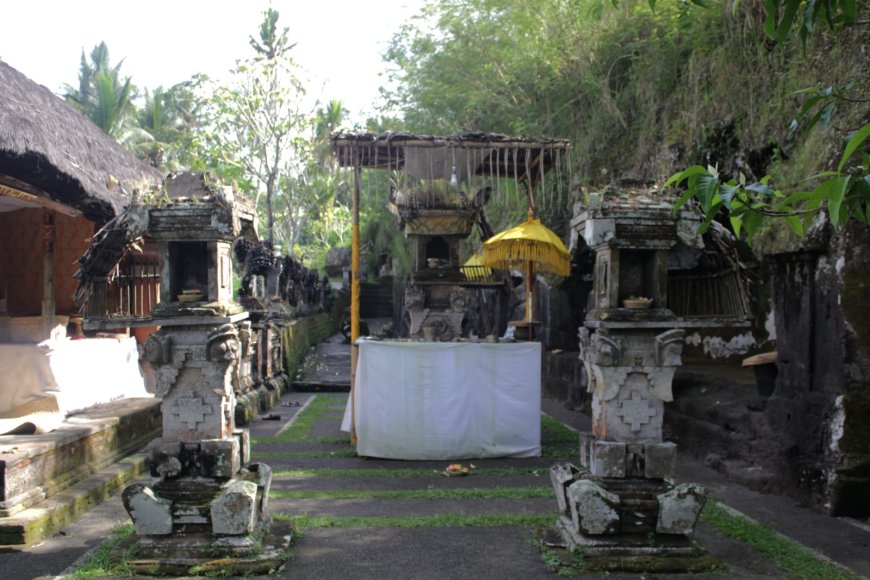
Pelinggih at Yeh Pulu Temple (Source: Personal Collection)
Then in front of the niches there are the pelinggih of Yeh Pulu Temple with a total of three pelinggih facing south, one main pelinggih right in front of the niche and the other two pelinggih are placed to the south of the main pelinggih. These pelinggih are used as a place of worship for Bhatara who resides in Yeh Pulu Temple. In addition, there is also a bale piasan which is located to the west of the pelinggih. Like bale piasan in general, bale piasan in Yeh Pulu Temple is also used as a place to prepare banten that will be offered.
Usually every rahinan such as Purnama, Tilem, Kajeng Kliwon, and other rahinan, the local people, especially those who live near the temple will drop a number of offerings at several spots throughout the temple area. The Mangku of Yeh Pulu Temple will also be there since morning to offer the offerings brought by the worshipers. This has been done regularly since a long ago, making Yeh Pulu Temple has a calm and sacred feel.
